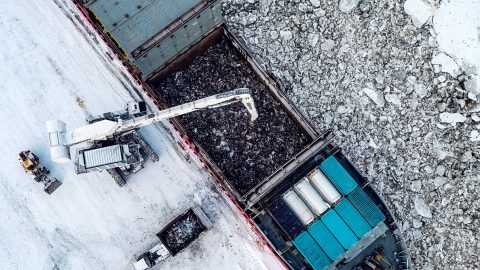
Outokumpu launches shortsea service with Langh Ship’s dual-fuel newbuild
Photo Outokumpu
Stainless steel major Outokumpu is bolstering its cooperation with Finnish shipping company Langh Ship to reduce carbon emissions from its shortsea liner operations.
Want to read more?
You have read all of your free premium articles for this month. Please become a subscriber to keep reading.
Subscribe now!
Take advantage of our exclusive offer to get full access to all premium content.




